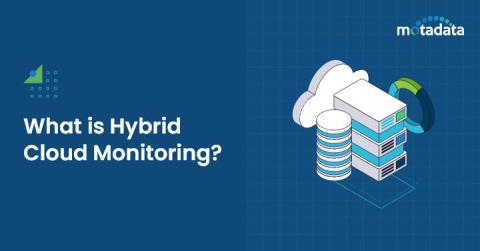Why is Log Monitoring Considered to be Important?
Log monitoring has become crucial nowadays as more than 90% of organizations use cloud services, containers, and other technologies to stay ahead of their competitors. This excessive adaption of the latest technologies and services is great for businesses but it also makes everything a bit more complex. Consequently, the volume, velocity, and diversity of logs rise exponentially as a result of this complexity.











